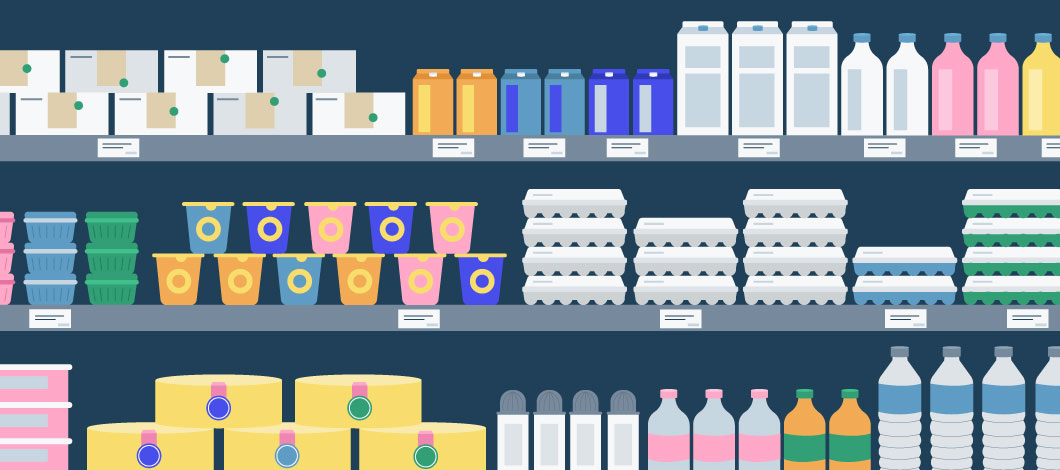

This conventional approach can result in some improvements to availability and sales. Traditionally, retailers have improved outcomes with store-specific planogramming by adjusting their facings based on historic sales. A Unified Approach to Category Management
PLANOGRAM RETAIL DRIVERS
On the other hand, those who can code the complex scripts needed to automate planograms often lack that subtle understanding of consumer drivers or the creative vision to build beautiful shelves.įortunately, today’s retailers can solve this familiar problem by taking advantage of modern planning tools that make use of the many technology advancements we’ve seen in recent years. However, the planners who can creatively visualize and plan space to drive customer engagement often lack the technical knowledge to automate planograms. The most effective way to meet customer needs at each specific store is through assortment, layout, and use of space.

Both options are far from ideal.Ī planogram is quite a sophisticated thing-the final tool through which retailers can engage with their customers at the shelf edge. Indeed, thousands of retailers have undertaken store-specific planogram initiatives, but too often they must significantly rein in the scope of their projects or abandon them entirely.Īt the root of the trouble with store-specific planogram solutions lies a paradox: you must either 1) simplify your planograms so they can be produced by a generic, plug-and-play solution, or 2) hire a team of highly skilled specialists capable of producing complex code. The complexities can grow and grow as the promised benefits of localization recede into the distance, until stakeholders lose heart. But if it takes about 1 million calculations to produce just 1 meter of store-specific planogramming, it’s easy to see why it’s so challenging to respond quickly to consumer signals. Why Have Effective Planograms Eluded Even Retail’s Biggest Players?Īnyone working in retail today is fully aware of how discerning customers have grown, and traditional retailers face pressure to be as responsive to consumer needs in stores as ecommerce options are on their mobile devices. In particular, many are exploring how they should be leveraging their planograms to drive efficiency throughout the supply chain-all the way from suppliers to shelves. In recent years, the conversation has taken a new direction as retailers are asking how space planning should be integrated into their broader category management processes. But even today, no retailer can achieve completely store-specific planogramming without the aid of a planning solution that automates the enormous amounts of calculations this level of localization calls for. Store-specific planogramming has been implemented in retail settings for some 20 years now-and had been floating about as an idea for even longer than that.


 0 kommentar(er)
0 kommentar(er)
